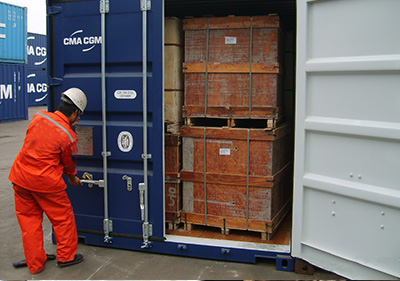Mobile:+86-311-808-126-83
Email:info@ydcastings.com
motor cooling fan impeller
Understanding Motor Cooling Fan Impellers Design and Function
In the ever-evolving landscape of engineering and technology, the significance of effective cooling systems cannot be overstated. One critical component that plays a vital role in cooling various machinery, including motors, is the cooling fan impeller. This article delves into the design and function of motor cooling fan impellers, highlighting their importance in maintaining optimal operating conditions.
What is a Cooling Fan Impeller?
A cooling fan impeller is a type of rotor that mechanically moves air or liquid to dissipate heat effectively. It is primarily used in cooling fans associated with electric motors, automotive engines, and various industrial machines. The impeller’s design, including its shape, size, and material, significantly influences its performance and efficiency.
Design Characteristics
The design of a cooling fan impeller is crucial for its ability to move air effectively. Typically, impellers are characterized by a series of blades that extend outward from a central hub. The angle of these blades, known as the pitch, plays an essential role in determining the airflow rate and pressure generated by the fan.
1. Blade Shape and Size The shape of the blades—whether curved, angled, or flat—affects the airflow dynamics. Curved blades can enhance airflow efficiency and reduce noise levels, making them ideal for applications requiring quieter operations. Blade size also matters; larger blades can move more air but may require more power to operate.
2. Material Selection Impellers are made from various materials, including plastic, aluminum, and composites, which offer different benefits. Plastic impellers are lightweight and resistant to corrosion, while aluminum impellers provide durability and strength. The choice of material impacts not only performance but also the overall lifespan of the fan.
3. Motor Compatibility The design of the impeller must be compatible with the specific type of motor in use. This includes considerations like the power requirements and the intended application, whether it be cooling an electric motor in a household appliance or a high-performance engine in a vehicle.
motor cooling fan impeller

Functionality
The primary function of a cooling fan impeller is to facilitate the movement of air or fluid to dissipate heat. When a motor operates, it generates heat due to electrical resistance and mechanical friction. If this heat is not effectively removed, it can lead to overheating, reducing the motor's efficiency and potentially causing failure.
1. Airflow Generation As the motor's rotor spins, the impeller’s blades create a pressure difference that draws air in from one side and expels it from the other. This airflow helps to cool the motor and maintain optimal temperature levels.
2. Heat Transfer The movement of air not only cools the motor but also enhances the overall heat dissipation process through convection. The continuous flow of air carries away excess heat, allowing the motor to function efficiently over extended periods.
3. Energy Efficiency An effective impeller design can significantly impact energy consumption. By optimizing airflow and reducing resistance, modern cooling fan impellers can help in reducing the overall energy required to maintain operating temperatures, contributing to energy efficiency and sustainability.
Applications
Cooling fan impellers find applications across various industries. In automotive engineering, they are critical for engine cooling systems, preventing overheating during extended operation. In HVAC systems, they help circulate air, ensuring efficient heating and cooling within buildings. Moreover, in industrial settings, specialized impellers are designed for cooling heavy machinery and electrical equipment.
Conclusion
Motor cooling fan impellers are essential components that play a crucial role in various applications, from automotive engines to industrial machines. Their design, from blade shape to material selection, greatly impacts their efficiency and performance. As technology advances, ongoing innovations in impeller design will continue to enhance cooling solutions, contributing to more reliable and energy-efficient operations across multiple industries. Understanding these components' significance can lead to better maintenance practices and improved machine reliability, ensuring peak performance and longevity.
-
Why Should You Invest in Superior Pump Castings for Your Equipment?NewsJun.09,2025
-
Unlock Performance Potential with Stainless Impellers and Aluminum End CapsNewsJun.09,2025
-
Revolutionize Your Machinery with Superior Cast Iron and Aluminum ComponentsNewsJun.09,2025
-
Revolutionize Fluid Dynamics with Premium Pump ComponentsNewsJun.09,2025
-
Optimizing Industrial Systems with Essential Valve ComponentsNewsJun.09,2025
-
Elevate Grid Efficiency with High-Precision Power CastingsNewsJun.09,2025











